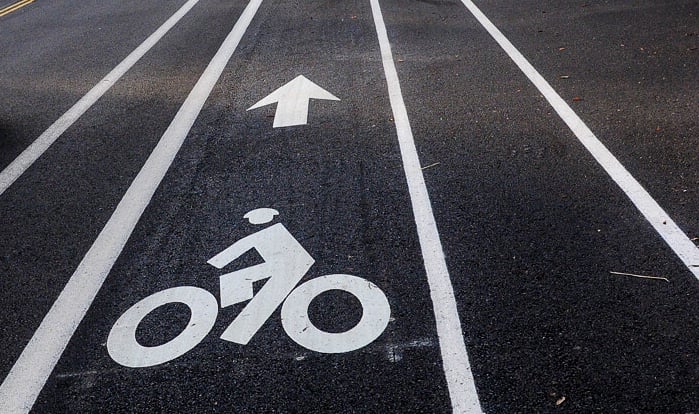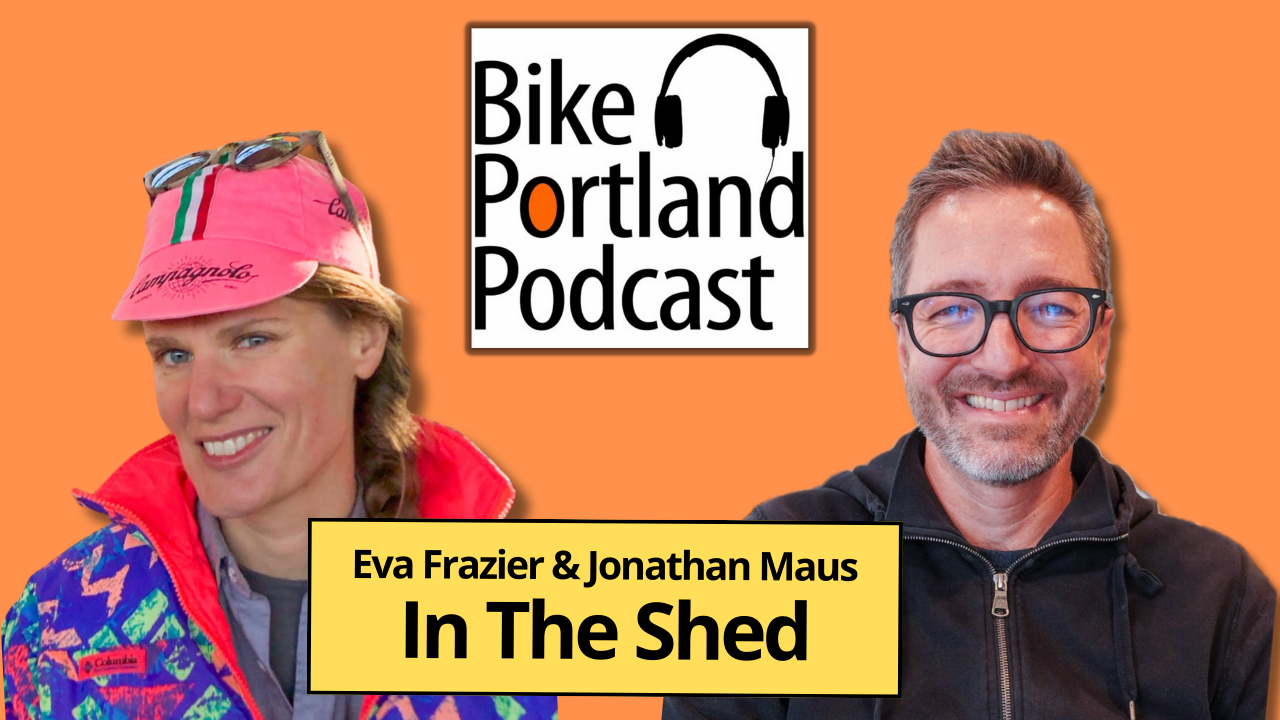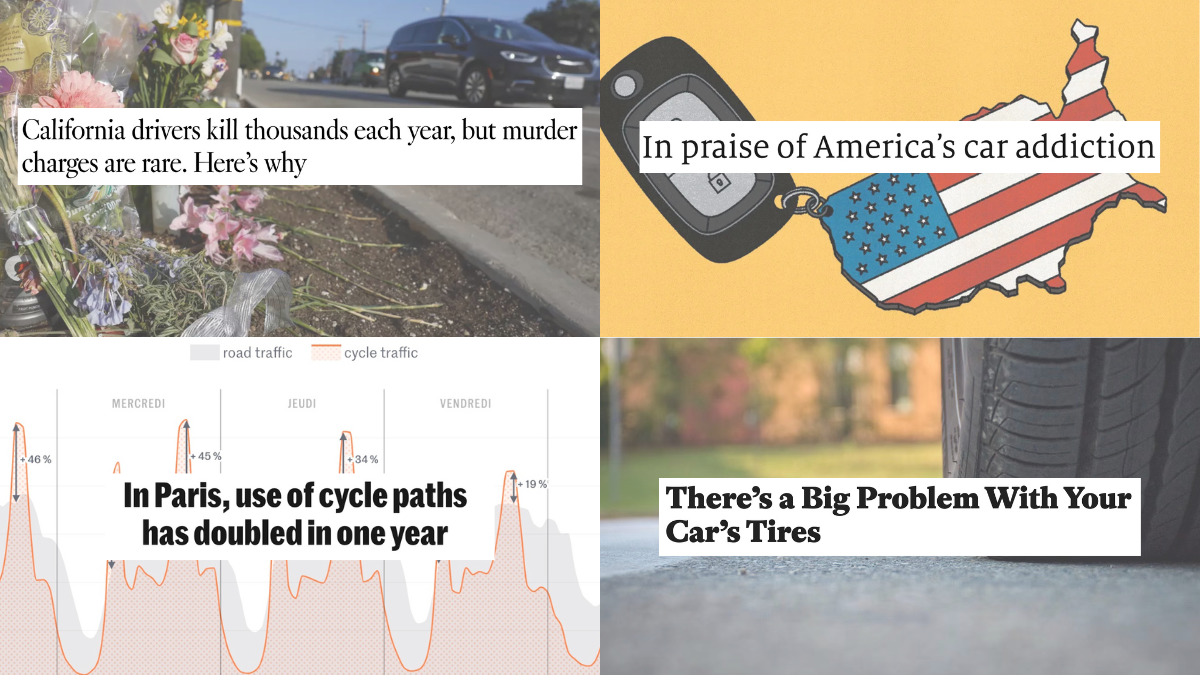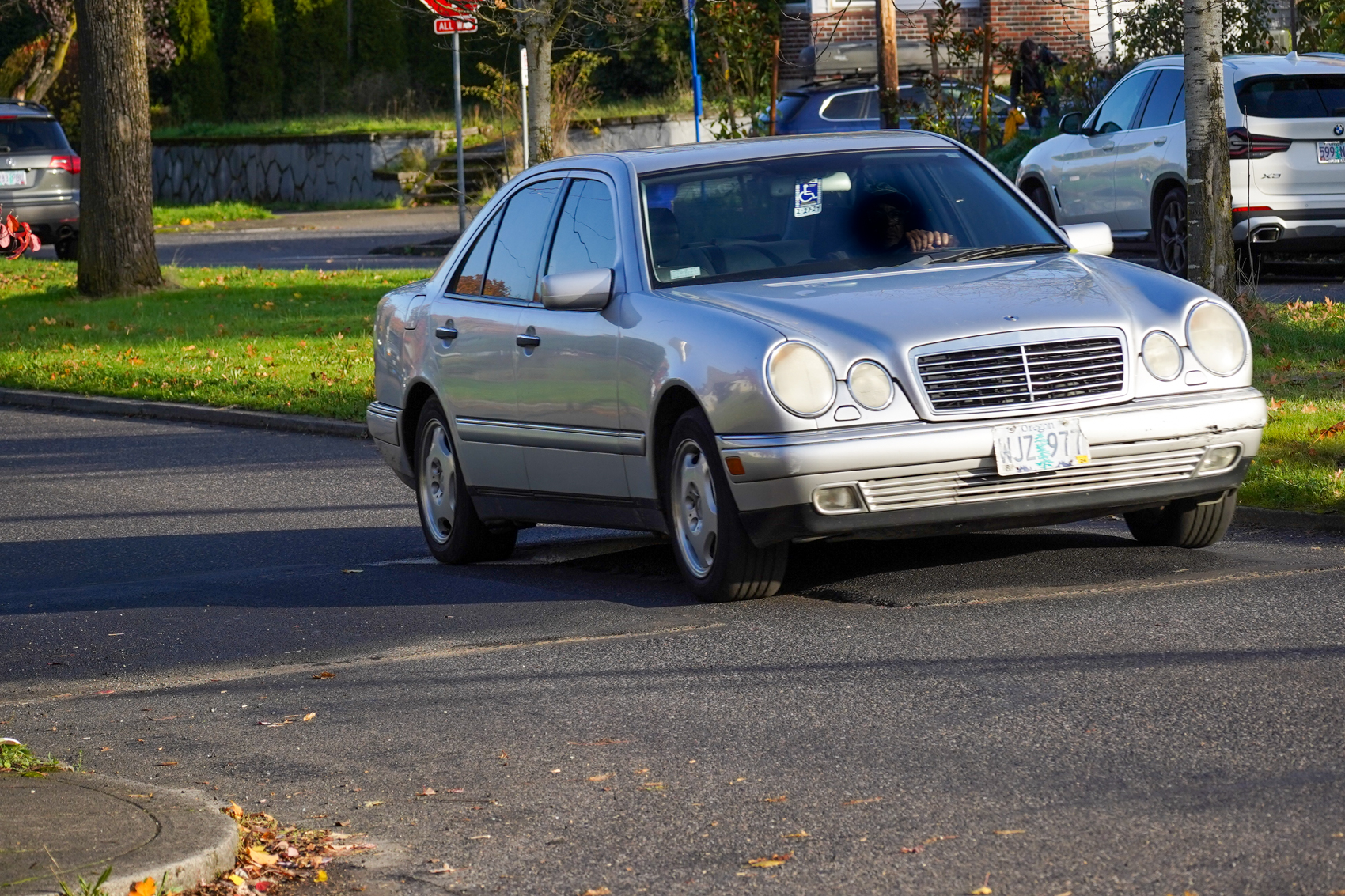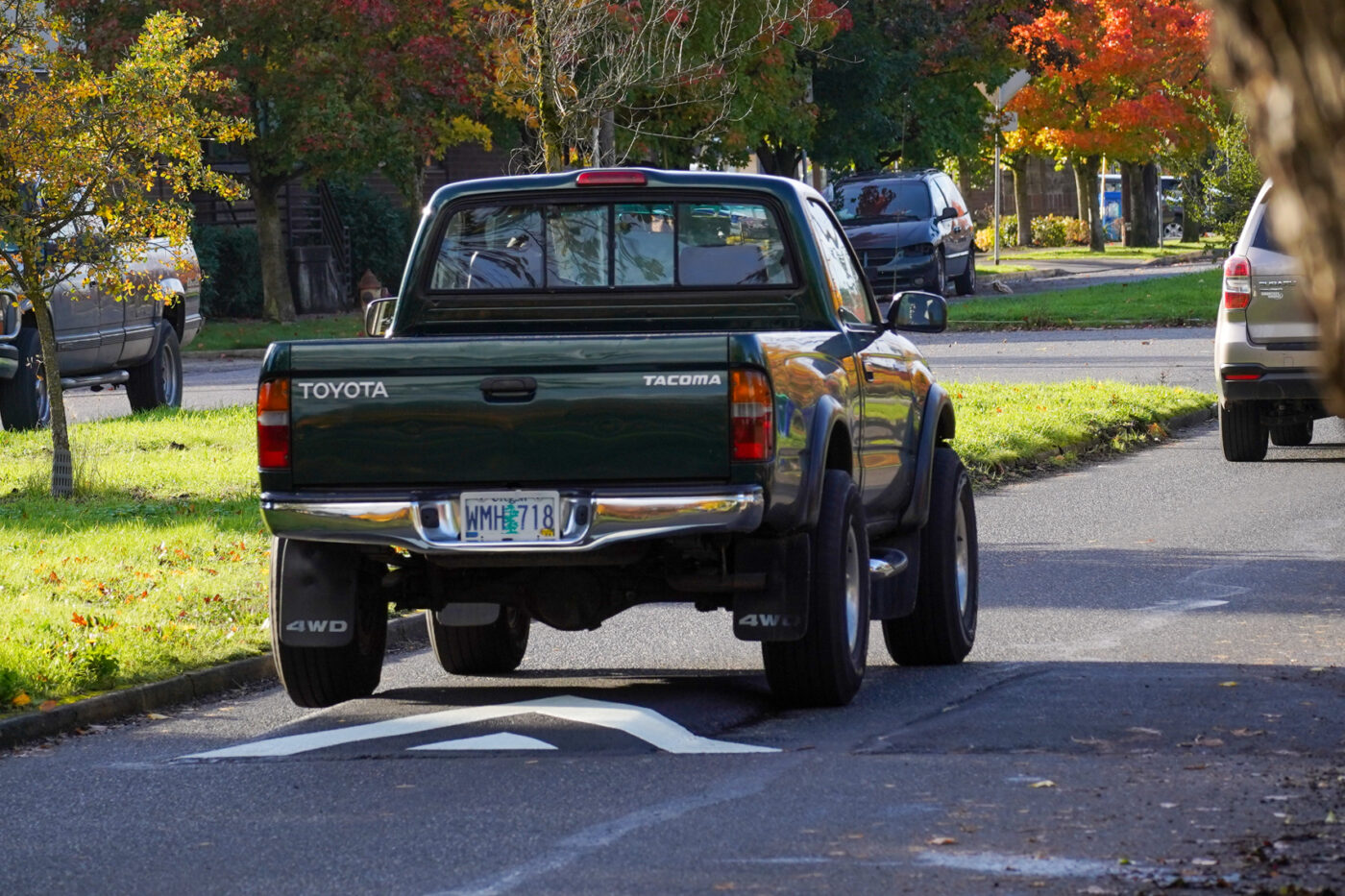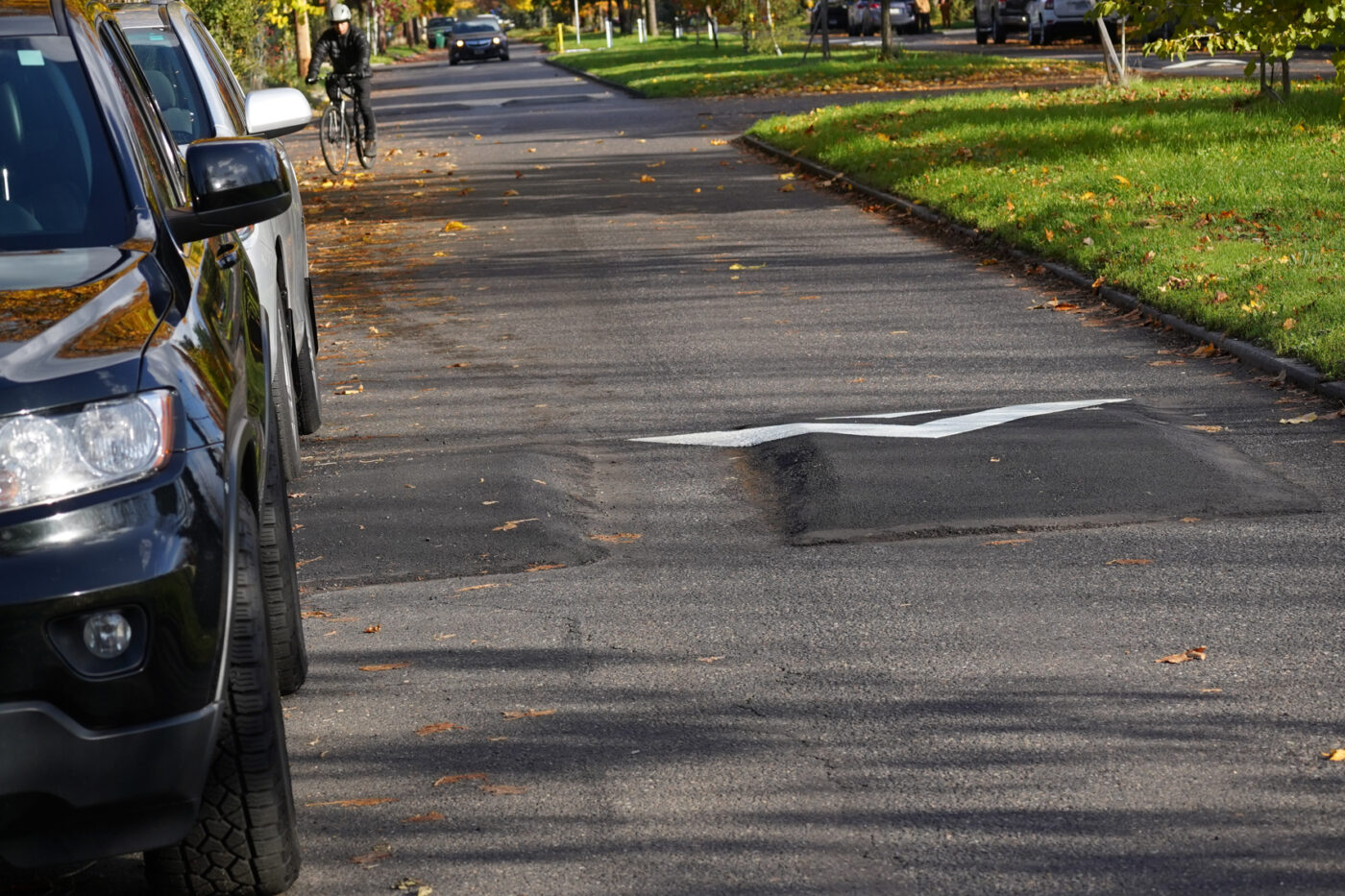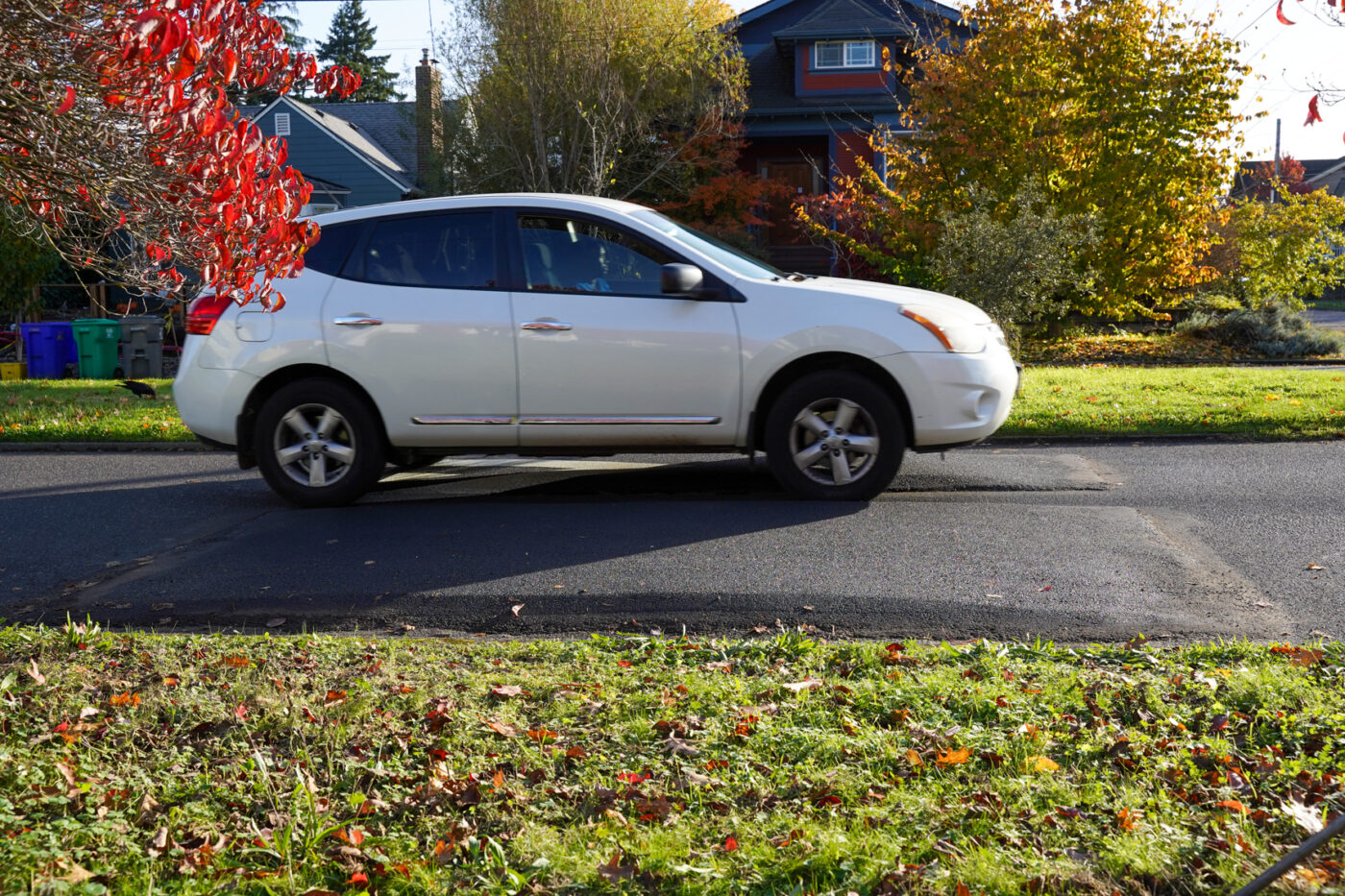You can learn so much in the Comments sections. In last week’s story about the concrete drums PBOT installed on NE 21st, Jonathan issued a correction. A commenter had pointed out that PBOT has jurisdiction of the 21st Avenue overpass over I-84, not ODOT, as he had written.
Jonathan then took to the comments to bemoan how “confounding” are the jurisdictional boundaries of Portland’s streets. And don’t you know that started a long, informative, sub-thread? A couple of commenters offered links to the maps they use to determine road ownership, testiness ensued, finally Quint stepped in. What I liked about Quint’s comment is that they explained why things are the way they are. I always appreciate that.
Here’s Quint’s explanation of jurisdictional control of overpasses in Portland:
Correct, most of the bridges across I-5 and I-205 are owned by ODOT, even the ones with PBOT roadways going over them. I think it has to do with the fact that I-84 was built inside a natural gulch. Because it was a gulch, most of the bridges already existed and were owned by PBOT, and I-84 was just built underneath the bridges. Even when a bunch of them were partially rebuilt in the 80s for the MAX project, there must have been some agreement that they remain under PBOT ownership.
From what I can remember looking at the bridge maps that used to be on PBOT’s old website (they seem to be missing from the new one), the only I-84 bridges that belong to ODOT are the ones that carry roads that used to be ODOT highways. So basically there seems to be a practice where even if a highway is transferred from ODOT to PBOT, ODOT keeps ownership of the bridges. So the Grand/MLK bridges are still ODOT, even though Grand/MLK (aka US Hwy 99E) was transferred to PBOT sometime in the 90s (I think). The Sandy Blvd bridge is still ODOT, even though Sandy Blvd (formerly designated as US Hwy 30) was transferred to PBOT in the 00s. And the 82nd Ave bridge is still ODOT even though 82nd Ave (aka OR Hwy 213) was transferred to PBOT last year. The Halsey bridge over 82nd Ave is also ODOT-owned, even though it’s a PBOT roadway, probably because it was built as part of a complex interchange and was not a previously-existing bridge.
I-5 and I-205 were built later, and created new trenches that needed new bridges to cross them, so in those cases ODOT built them as part of the project and kept ownership over them long-term.
Thank you Quint! We all know a bit more now. You can also read Quint and all the other comments in context.



